10 Business Growth Strategies + Successful Examples
Casey O'Connor
All businesses, regardless of size or industry, hope to achieve growth in their lifetime.
The specific intended outcomes of business growth goals will vary depending on the size of your company, its strengths and needs, and its position in the market.
Unfortunately, although all businesses aim to grow, only 25% of them make it to 15 years of operation. Effective methods and strategies must be executed correctly in order to expand; this is where business growth strategies come into play.
A business growth strategy is a framework of the actions a business will take to meet their growth goals, and can help your organization achieve them for scalable success.
In this article, we’ll go over everything you need to know about business growth strategies, including what they are, how to develop one, and ten of the most effective ones available for businesses today.
Here’s what we’ll cover:
- What Is a Business Growth Strategy?
- How to Develop a Business Growth Strategy
- 10 Business Growth Strategies Explained
- Examples of Successful Growth Strategies
- Tips for Business Growth in 2023
What Is a Business Growth Strategy?
A business growth strategy is an outline of the methods, tactics, and specific actions an organization will use to meet business goals.
Business growth strategies can help businesses achieve a variety of different goals.
Some business growth strategies are focused on revenue, while others prioritize the size of the customer base.
Some business growth strategies are all about increasing an organization’s physical presence (opening a new store location, for example), while others are about developing new products or marketing to new audiences.
A business growth strategy is basically an action plan, based on relevant market research, that explains exactly how your business will grow. It’s designed to help businesses capture more market share.
How to Develop a Business Growth Strategy
The specifics of your business growth strategy will depend on the unique needs of your business.
That being said, the process of developing the framework for new business growth strategies is more or less the same each time.
The following steps will help you create a business growth strategy that will help you meet your goals.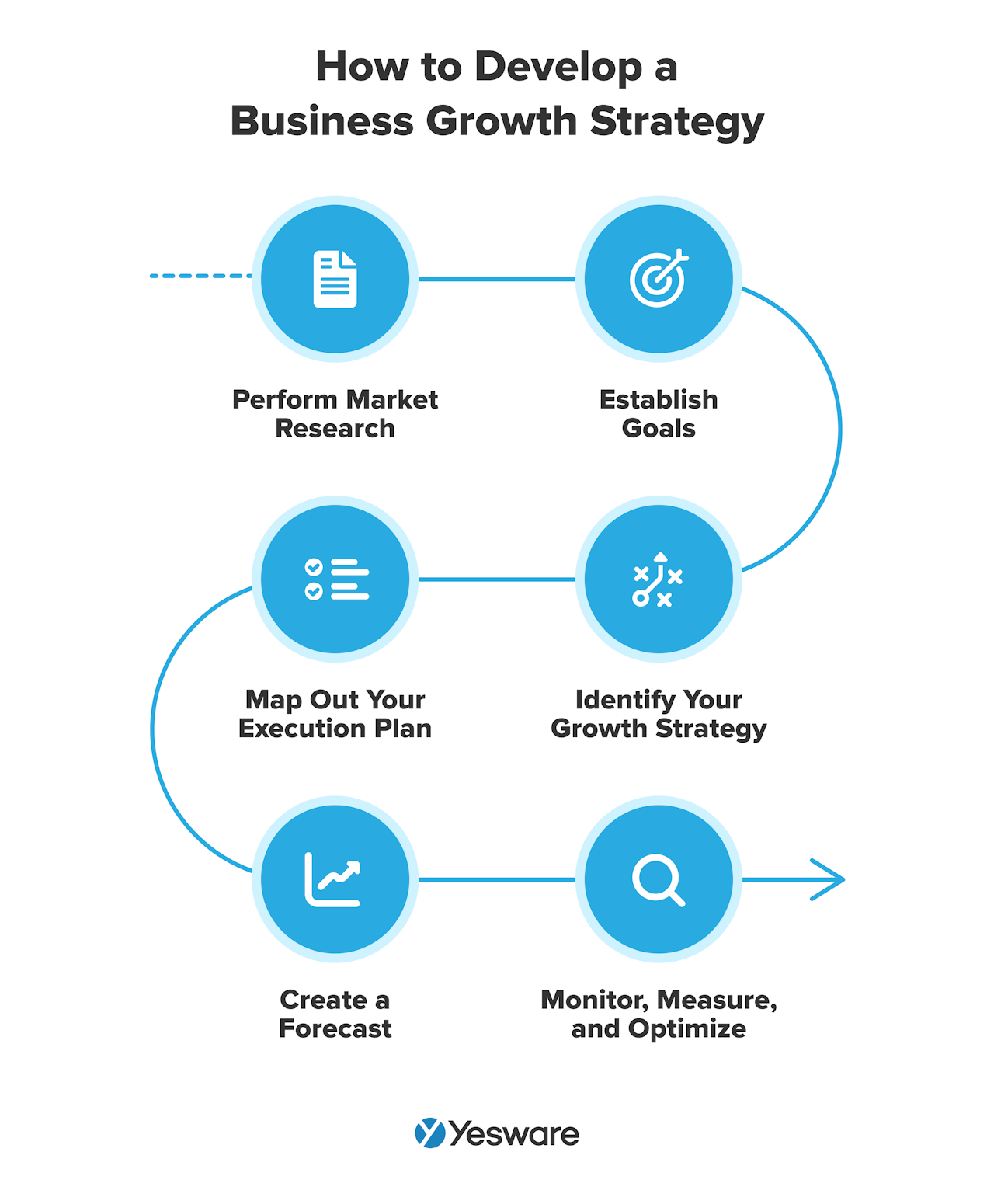
1. Perform Market Research
Solid business growth strategies are always based on recent and relevant market data.
Thorough market research will give you insight into current and potential customer preferences, industry trends, and your company’s position in the market relative to its competitors.
It’s extremely important to get the lay of the land, so to speak, before you design your business growth strategy. Effective business growth goals need to be created using context from the overall market.
2. Establish Goals
You can’t have a business growth strategy without concrete goals.
Make sure you create your goals using the SMART goal framework. 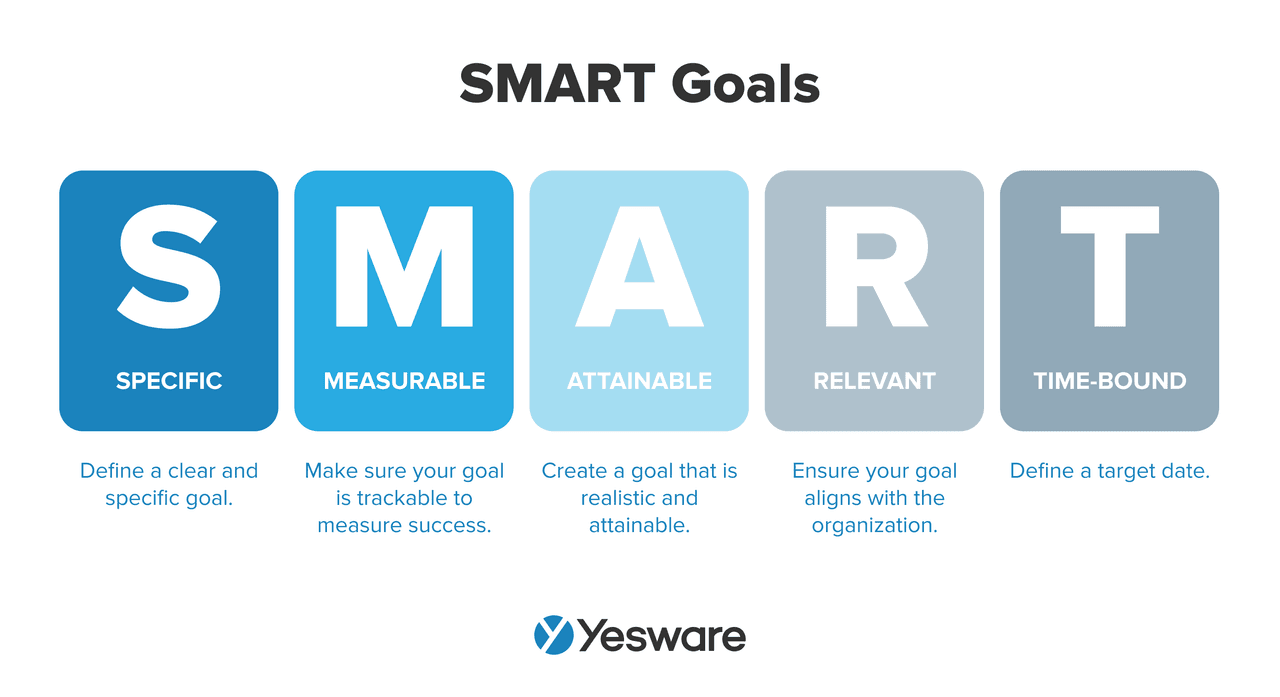 It’s especially important that your business growth goals are measurable and time-bound.
It’s especially important that your business growth goals are measurable and time-bound.
In the beginning, try to plan short-term goals. Your business growth strategies should be focused on month-long or quarter-long periods as you get started. This will enable your team to go through the goal-setting and strategy-planning process quickly and frequently.
3. Identify Your Growth Strategy
There are a number of different specific growth strategies for your team to consider that may meet your growth needs. The growth strategy you choose will ultimately depend on your organization’s budget, opportunities, competition, and goals.
We’ll go over some of the most effective business growth strategies in the next section of this article.
4. Map Out Your Execution Plan
Once the high-level planning is complete, it’s time to outline the exact actions your team will take to meet your growth goals.
The go-to-market strategy needs to be thorough and complete. This is not the place to cut corners by being vague. Clearly define the markets you’re trying to reach, and how you’re going to get there. 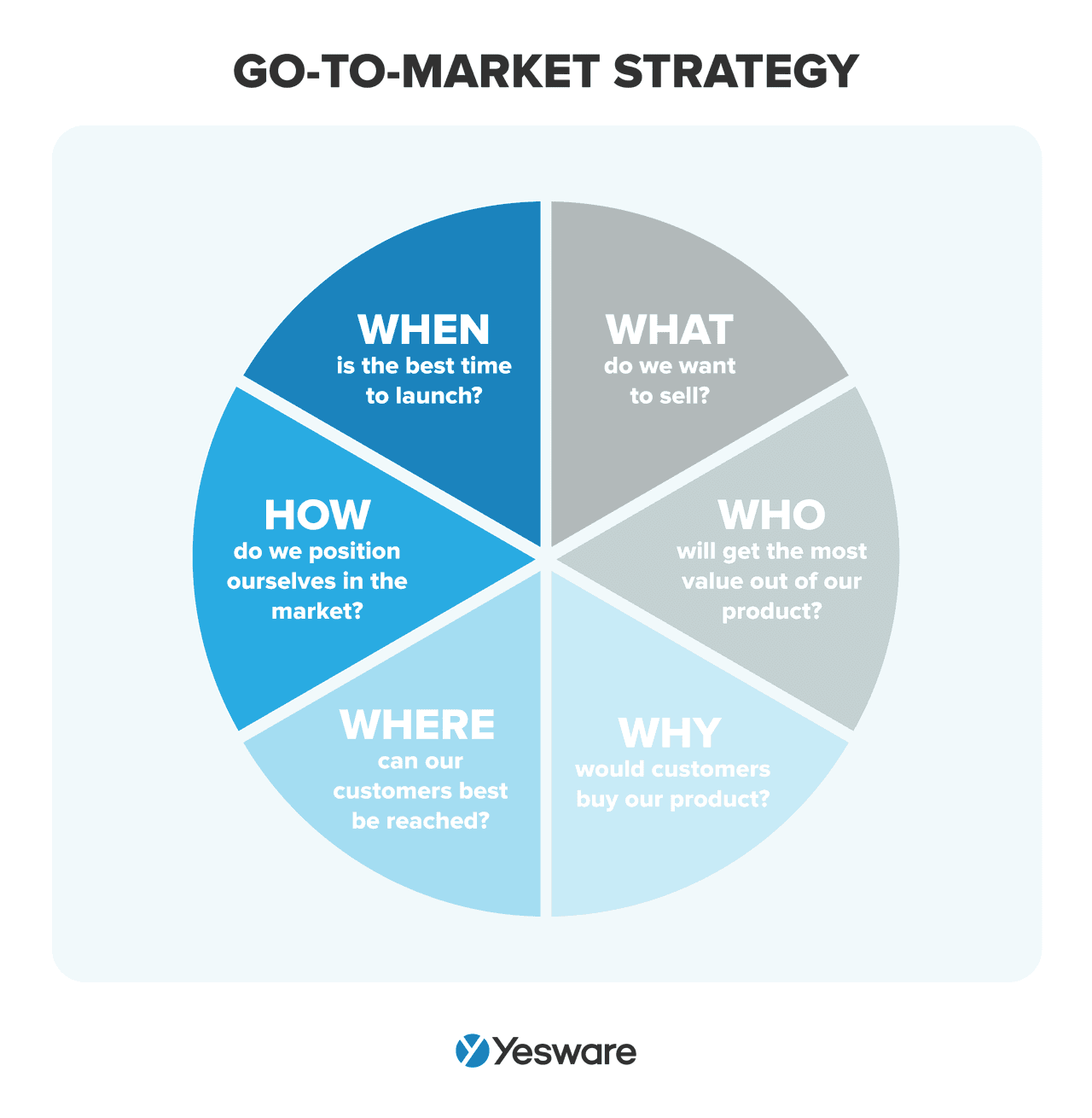
5. Create a Forecast
Once the business growth strategy is set, you can use it to create a sales forecast (see the example below).  Not only will this help keep your team on track, but it can also create some buy-in. If your teams can see first-hand how your strategy will impact performance, they may be more likely to stick to it.
Not only will this help keep your team on track, but it can also create some buy-in. If your teams can see first-hand how your strategy will impact performance, they may be more likely to stick to it.
6. Monitor, Measure, and Optimize
Once you start executing your business growth strategy, you need to monitor its progress in real-time.
Make sure you’re measuring your activities and their results at regular intervals, and follow a standardized process for tracking and analyzing data.
Tip: Ensure you have the right tools in place to ensure growth with our free blueprint below.
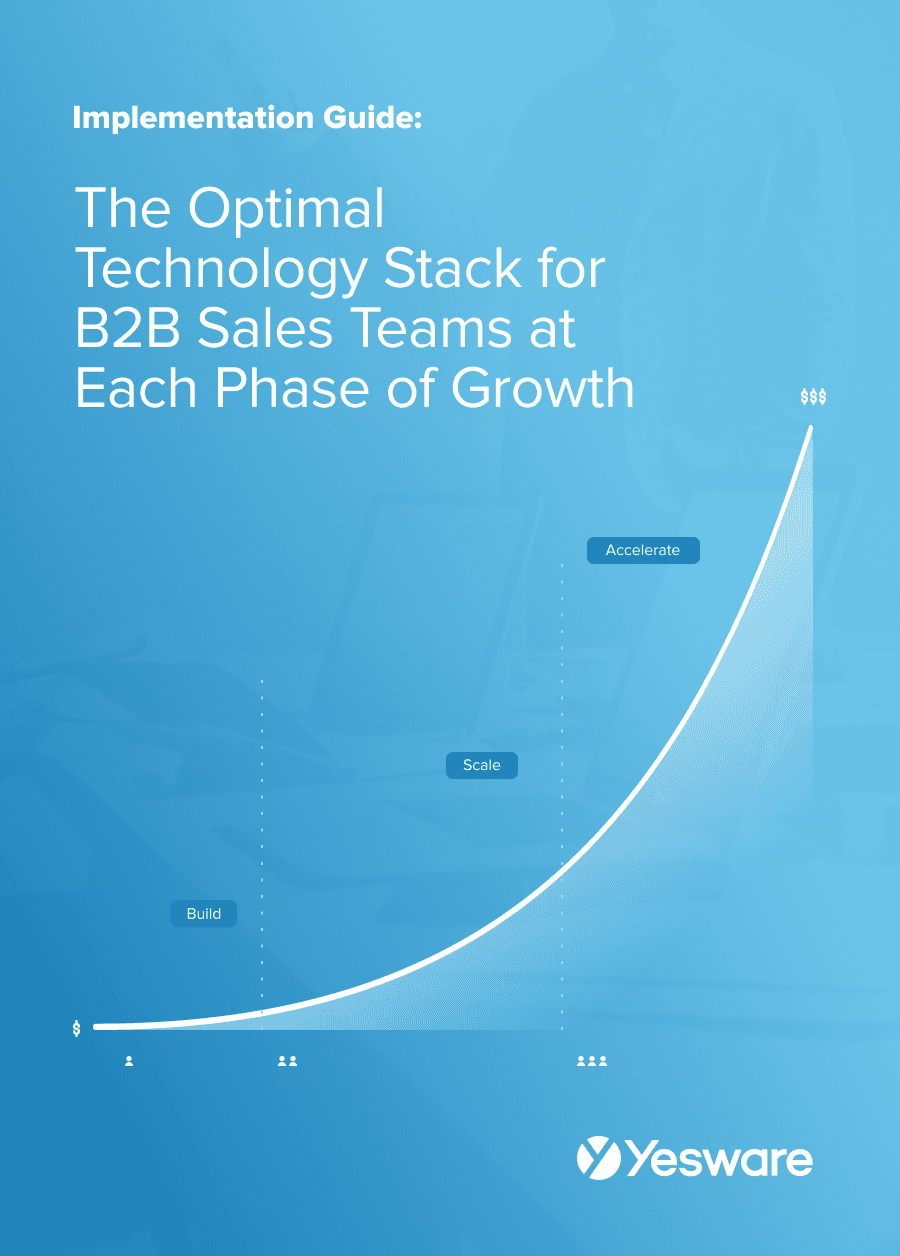 The Optimal Technology Stack for B2B Sales TeamsUsing data from the most successful business-scaling models, we designed a blueprint for the exact technology your business needs at each phase of growth.
The Optimal Technology Stack for B2B Sales TeamsUsing data from the most successful business-scaling models, we designed a blueprint for the exact technology your business needs at each phase of growth.
10 Business Growth Strategies Explained
Following are 10 of the most effective and common business growth strategies.
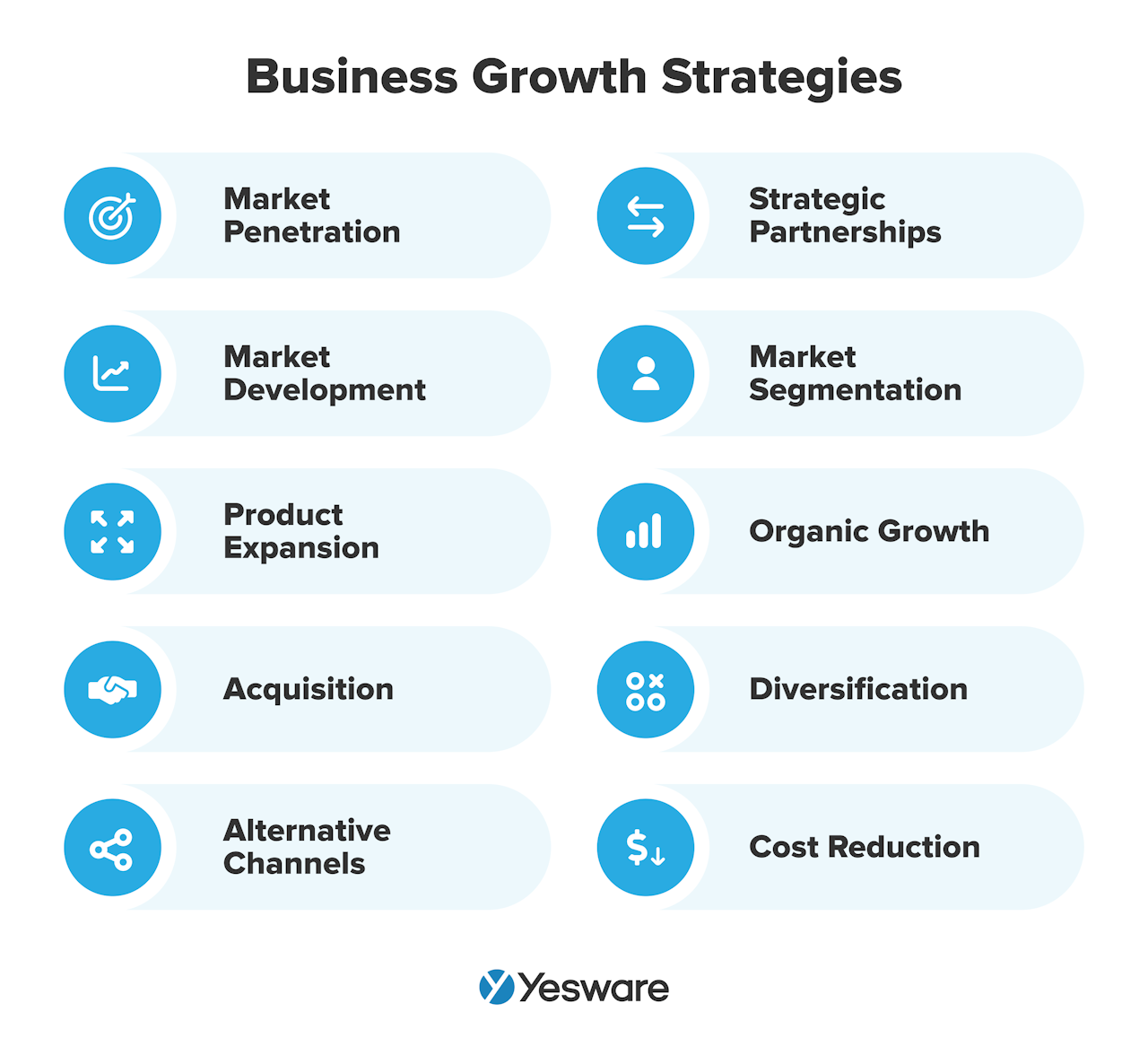
1. Market Penetration
A market penetration strategy is designed to help your organization increase its market share. The goal is to sell more of an existing product in an existing market.
One way to achieve a market penetration strategy is by lowering prices or offering promotions and discounts.
Market penetration is a particularly effective strategy for SMB businesses because it is low-risk.
Other effective tactics in a market penetration strategy include:
- Discounts for bulk/volume purchases
- Increase the number of distributors/dealers you work with
- Offer free trials
- Direct marketing
The bottom line is to sell more of your product in your existing market. In a market penetration strategy, the company is aiming to reach the maximum number of customers in the market until it becomes saturated.
2. Market Development
A market development strategy is all about selling existing products to new markets. This business growth strategy is aimed at growing the customer base. It works well for companies who are still working to find their position in a strong existing market.
Market development relies on astute and thorough market research. Succeeding with this strategy is about more than just beating out your direct competitors. You may need to explore new geography, new customer segments, or new channels. Franchising is also a good option for certain industries.
Market development can be very lucrative; most companies achieve the most profitable growth when they’re able to move into an adjacent target market.
3. Product Expansion
A product expansion business growth strategy relies on the creation of new products and services. These new offerings help your organization increase their market share.
Many teams get creative with a product expansion strategy. It doesn’t always mean that you need to create brand-new products. You could also add updates to existing products, or add new varieties. You could also create bundles of existing products.
Market research and marketing strategy analysis will help you determine the market needs and how you can most effectively tweak your offerings to meet those needs.
4. Acquisition
Most people are very familiar with acquisitions. An acquisition is a business occurrence in which one company purchases another company.
Acquisitions are sometimes lumped together with mergers, but the two are actually slightly different concepts. In an acquisition, one company takes over another one. In a merger, two companies join together.
Acquisitions can be extremely profitable, but they require a lot of capital upfront, healthy cash flow, and significant debt capacity. For those reasons, acquisitions are usually completed by mature companies.
If your organization can manage the expenses, though, they’re a great business growth strategy. Acquisitions reduce competition, give you access to proprietary technology, and expand your customer base.
5. Alternative Channels
One cost-effective business growth strategy is marketing on alternative channels.
This strategy allows you to potentially reach new markets without creating any product changes. Exploring alternative channels is a very popular business growth strategy for small businesses who are just getting off the ground.
Consider the following alternative channels as you grow your business:
- Website presence
- Yelp business page
- New platforms for sales, like Amazon, eBay, or Etsy
- Paid search ads
- Wholesalers
- Email marketing
- Social media (Facebook, Twitter, LinkedIn, Instagram)
- Business blog
Omnichannel marketing is growing in popularity and is a very effective way to meet sales goals in the 21st century.
6. Strategic Partnerships
In a strategic partnership, two companies join forces for mutual benefit, while each still maintaining their own brand identity and operations.
Partnerships allow each company to access the other’s customer base. It also allows for the shared use of critical resources like manpower, equipment, and technology.
Because there’s less at stake, partnerships are more common than mergers or acquisitions.
7. Market Segmentation
With a market segmentation growth strategy, sales and marketing teams work to carefully segment their markets based on factors such as geography, demographics, or buying preferences.
This highly-targeted segmentation allows sales teams to focus on and specialize in segments that are less explored than others already served by the competition.
Market segmentation allows sales and marketing teams to create highly personalized campaigns. This is extremely important as most buyers today expect heavy personalization.  This is a good strategy for very competitive markets. A good place to start is to evaluate your buyer personas and see if you can define them even further.
This is a good strategy for very competitive markets. A good place to start is to evaluate your buyer personas and see if you can define them even further.
8. Organic Growth
The most ideal business growth strategy is known as organic growth.
Organic growth requires little to no advertising, mergers, or acquisitions, and instead represents an optimized set of conditions that allow your marketing campaigns and products to reach many parts of your target audience without much effort on your part.
Customer acquisition cost (CAC) is very low with successful organic growth. 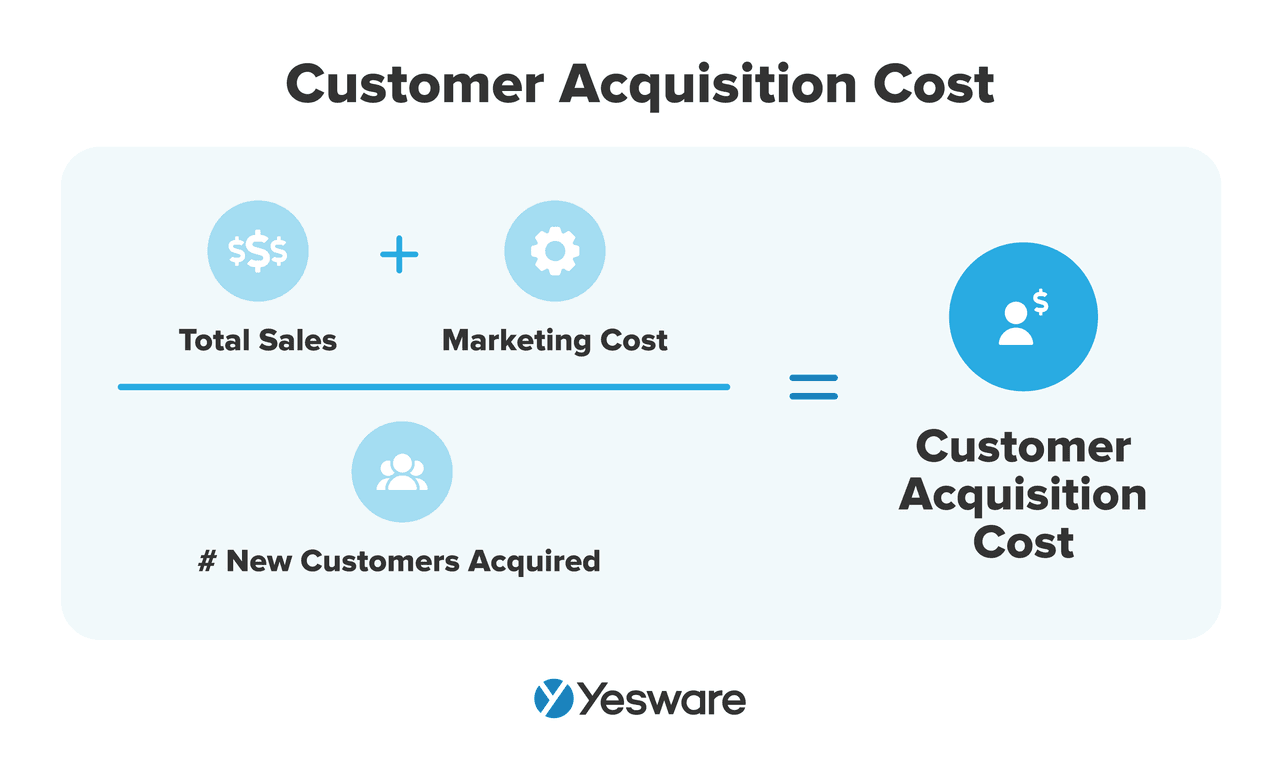
9. Diversification
This type of business growth strategy can be risky, but also has a high return when executed correctly.
Diversification means that sales teams sell either new products, or sell to new markets — or, in some cases, both.
- Horizontal diversification: sales reps sell a new product to the current market.
- Vertical diversification: a business starts competing with its suppliers or customers.
- Concentric diversification: a company creates a new product that’s similar to an existing product.
- Conglomerate diversification: sales reps sell new products to new audiences.
Diversification requires a lot of capital and has the highest risk of failure out of all of the business growth strategies outlined in this article.
10. Cost Reduction
A cost reduction business growth strategy relies on organizations to reduce their operating costs. This frees up cash for reinvestment into growth opportunities and improves your overall bottom line.
Here are some strategies for implementing a cost reduction strategy:
- Use accounting software to reduce or eliminate errors
- Go paperless
- Consider automation and/or outsourcing where possible
- Reduce traditional advertising methods and go digital instead
There is no one-size-fits-all when it comes to business growth strategies. You may find that several could fit the needs of your team, or that your needs change over time. It’s perfectly okay to use a variety of strategies over time — or even simultaneously.
Examples of Successful Growth Strategies
Every brand with even an inkling of name recognition has successfully used a business growth strategy. Here’s a look at how some of the world’s most well-known companies have used popular business growth strategies to succeed.
Market Penetration: Facebook

When Mark Zuckerberg launched Facebook, he shared the platform with only his fellow Harvard students. He later opened it up to Stanford, Yale, and Columbia. Later, again, he went on to share it among all the Ivy League schools, and some select Boston ones as well.
This is a perfect example of market penetration. Zuckerberg took his existing product and maximized the number of customers he “sold” it to within his market.
Strategic Partnership: Lyft & Taco Bell

Lyft & Taco Bell joined forces for one of the most memorable (and delicious) strategic partnerships in pop culture history.
During the partnership, Lyft offered riders free access to “Taco Mode,” during which passengers could make a pit stop at Taco Bell on the way to their destination. This drove sales up for Taco Bell, and drew hungry customers away from competitor Uber and into the backseat of a Lyft.
Diversification: Amazon

It’s a well-known fact that the online retailer Amazon started as a books-only e-commerce platform.
Over time, the company expanded to sell toys, DVDs, music, furniture, and — eventually — just about anything you could ever want.
This is a textbook example of a diversification business growth strategy.
Tips for Business Growth in 2023
Here are some of our best tips for business growth in 2023.
Carefully Consider and Combine Strategies
There are many more than the ten business growth strategies outlined here in this article, and each one has advantages and drawbacks.
Take time — and even trial and error — discover which meets the needs of your specific business goals at any given time.
In many cases, it’s also appropriate to use more than one business growth strategy at the same time.
Understand Your Brand Identity
In order for your business to grow, you need to have a very nuanced and thorough understanding of your brand, its identity, and its position in the market.
Your business’s strengths, differentiating factors, unique selling points (USPs), and core competencies will all help your business grow in a sustainable way.
Be Ready to Pivot
Successful and scalable business growth requires flexibility.
Business growth strategies are great because they help sales and marketing teams stick to a plan, but they also allow teams to monitor progress and adapt strategies as needed.
The most successful businesses are the ones that keep a careful pulse on their business progress and are ready to make changes as needed.
Automate Everything
Truly scalable growth requires capable systems running behind the scenes.
Sales reps can’t afford to waste time entering data, manually setting appointments, and collating buyer insights into something actionable.
Sales software like Yesware can help reps save time by automating administrative tasks, so they can focus on revenue-generating sales activities.
What business growth strategies have been successful for your business?
Get sales tips and strategies delivered straight to your inbox.
Yesware will help you generate more sales right from your inbox. Try our Outlook add-on or Gmail Chrome extension for free, forever!
Related Articles
Casey O'Connor
Casey O'Connor
Casey O'Connor
Sales, deal management, and communication tips for your inbox

